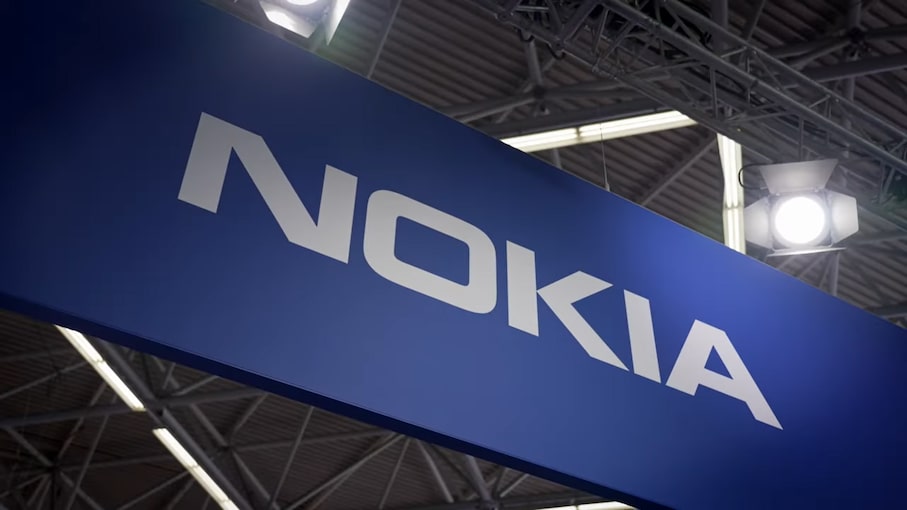Fiber for Everything
by Sandy Motley

Fiber is the fastest, greenest, and most widely deployed broadband technology. But it’s really just the beginning.
Global fiber port shipments have grown 24 percent in the last 24 months alone, according to Dell’Oro , while iDATE estimates that there will be at least 200 million new homes connected and another 280 million homes passed by 2025 .
It’s not just traditional telcos that are building fiber networks. Investment companies see fiber broadband as an asset able to provide a strong, stable long-term return. Start-ups, utility companies and municipalities are also building networks to serve and develop their communities. Governments are providing investment funds for broadband in order to drive economic growth, promote competitiveness of local or national businesses, and provide services to citizens.
A lot has changed in the last two years. A realization that fiber broadband is an essential utility for humankind is driving renewed investment and growth, with a real sense of urgency.
Tech innovation
Along with this rapid growth in connectivity, we are seeing rapid advances in fiber broadband technology itself. PON (passive optical network), the technology used in fiber-to-the-home networks, now easily enables Gigabit broadband, a service tier nobody would ever need five years ago. 1 Gb/s access to the internet is now commonplace: there are more than 450 Gigabit fiber broadband services available in the world today. Residential 10 Gb/s broadband is even available in South Korea, Hong Kong, Singapore, Norway, Switzerland and the US, to name a few.
Crazy, right? Well, no. Human impatience is ever-increasing and our thirst for speed is never-ending. But more importantly, just as the availability of Gigabit broadband led to innovations in VR gaming and Industry 4.0 applications, there are -very likely- start-ups in basements somewhere already working on life-enhancing apps that will make use of 10G and more. 25G PON technology is already commercially available and being used by operators like Proximus and EPB. 50G and 100G PON concepts have been proven and are in development. Along with step changes in latency, availability, and security, fiber continues to demonstrate its future-proof credentials.
A new way of thinking
Something else is happening in the world of fiber broadband.
On the one hand, we have fiber becoming ubiquitous. Not just homes, but businesses and commercial campuses, factories and farms, schools and stadiums, hotels and hospitals.
And on the other, we have unleashed more of the potential of fiber: higher bandwidth, lower latency, and huge advances in power consumption. Software-defined networking (SDN) has matured, giving us new ways to exploit and manage a fiber network: virtual network slicing for wholesale; advanced automation and programmability for managing operational complexity.
These two trends – availability and technological advances – have led to a new way of thinking about fiber broadband.
What if it didn’t just connect homes? What if fiber-to-the-home could become Fiber for Everything?
Using existing PON fiber networks to connect homes and businesses, serve Industry 4.0 and smart cities, backhaul 5G mobile traffic and public Wi-Fi.
All on the same infrastructure.
All at the same time.
That is the reality of what we can do today with a single fiber broadband network. And that is exactly what some service providers are starting to explore.

Figure 1. The Fiber for Everything era will see fiber broadband networks become a single, unifying platform for connectivity
Everyone’s a winner
Fiber for Everything has many advantages.
There are obvious commercial benefits. A single network for many services – for example, residential and business broadband alongside mobile backhaul – is more cost effective to deploy and operate than separate networks. By using an existing FTTH network, operators can accelerate the introduction of 5G small cells in a way that is 50 percent more cost efficient than a dedicated backhaul network. Similarly, transferring business customers from dedicated point-to-point fiber services to a shared PON network is 30 percent cheaper.
Multiple services on a single infrastructure mean multiple revenue streams. These new services are pure margin because there is almost zero additional investment needed on the existing fiber plant to be able to extend the use cases for fiber. This increases profitability and accelerates the return on investment.
So, the commercial opportunity for network builders and operators is clear cut. But the benefits go far beyond dollars and cents.
Part of the cost savings, enhanced profitability, and improved cashflow will inevitably go towards deploying more fiber to more places, passing more homes, and connecting more customers. Eliminating the digital divide is one of the greatest benefits that we can bring to humankind.
Another is sustainability. We already know that broadband in general helps companies and individuals lower their carbon footprints. The more people connected to broadband, therefore, the better it is for the planet.
Fiber PON networks go further. Over the last 15 years or so, fiber has enabled broadband network power consumption to be reduced by 38 percent while broadband speeds have increased by a factor of 64. It is six to eight times more power efficient than copper, coax or wireless connectivity. Having multiple services running on a single fiber network is far more power efficient than having separate parallel networks, where each network has its own equipment (or even outside plant) that needs to be powered. The scalability, reliability and longevity of fiber also contribute to a lower carbon footprint in the long-term as fiber requires less maintenance and fewer repairs.
The Fiber for Everything era
Fiber for Everything represents many things.
A world that is better connected. A world that brings more opportunity to more people. A world actively reducing its negative effect on the planet by alleviating duplication, waste, and carbon emissions.
In short, it represents a new way forward. The Fiber for Everything era that we are now entering is a once-in-a-generation shift that will see fiber broadband networks become a single, unifying platform for connectivity.
Fiber for Everything, and for everybody.

About Sandy Motley
Sandy Motley leads the Fixed Networks division at Nokia. She holds four degrees from three renowned U.S. universities. The years she spent dealing with the wireless business makes her the perfect leader to guide our customers through the massive access journey.
Read more
About Nokia
At Nokia, we create technology that helps the world act together.
As a trusted partner for critical networks, we are committed to innovation and technology leadership across mobile, fixed and cloud networks. We create value with intellectual property and long-term research, led by the award-winning Nokia Bell Labs.
Adhering to high standards of integrity and security, we help build the capabilities needed for a more productive, sustainable and inclusive world.
Media Inquiries:
Nokia
Communications
Email: press.services@nokia.com


